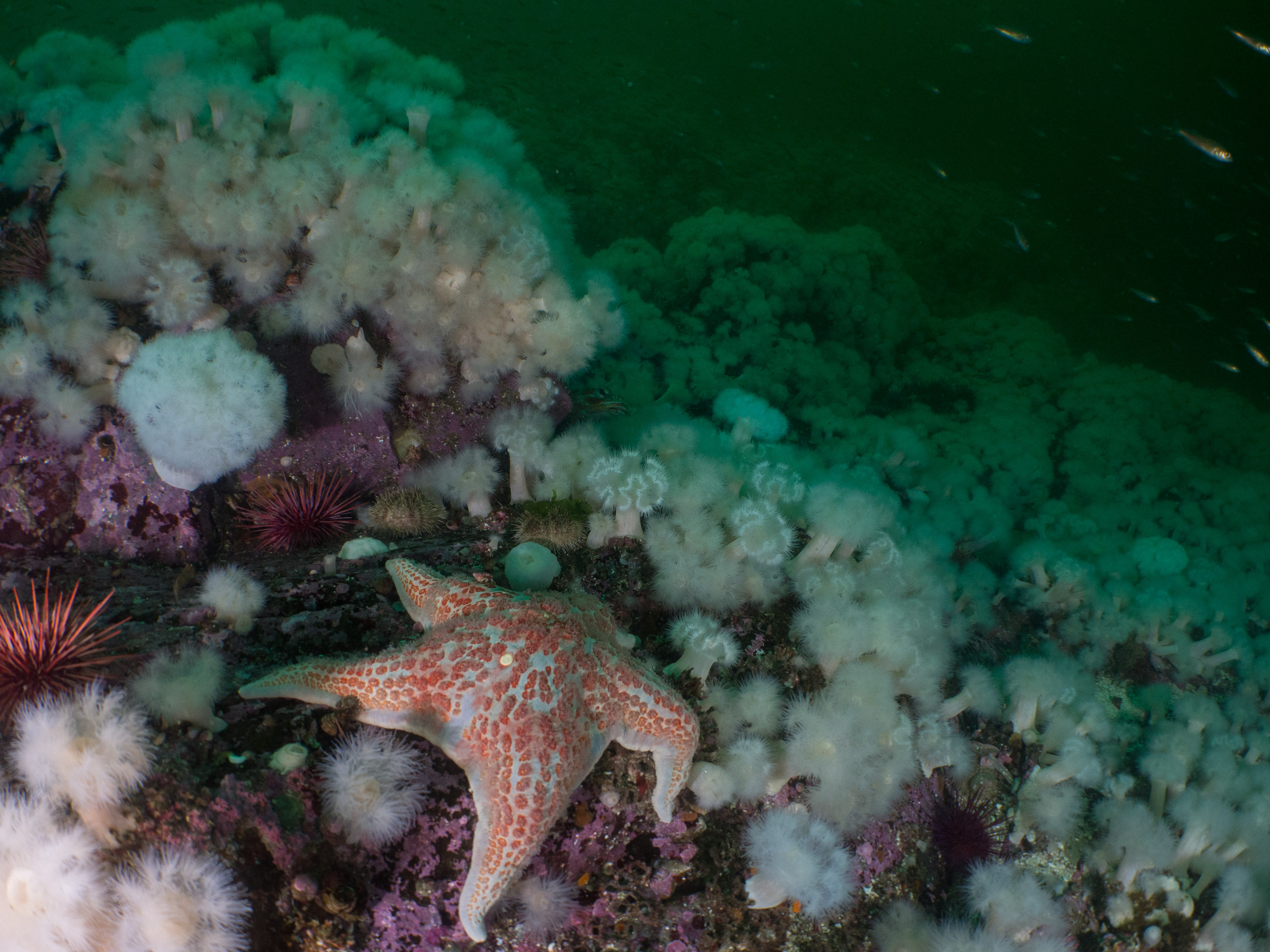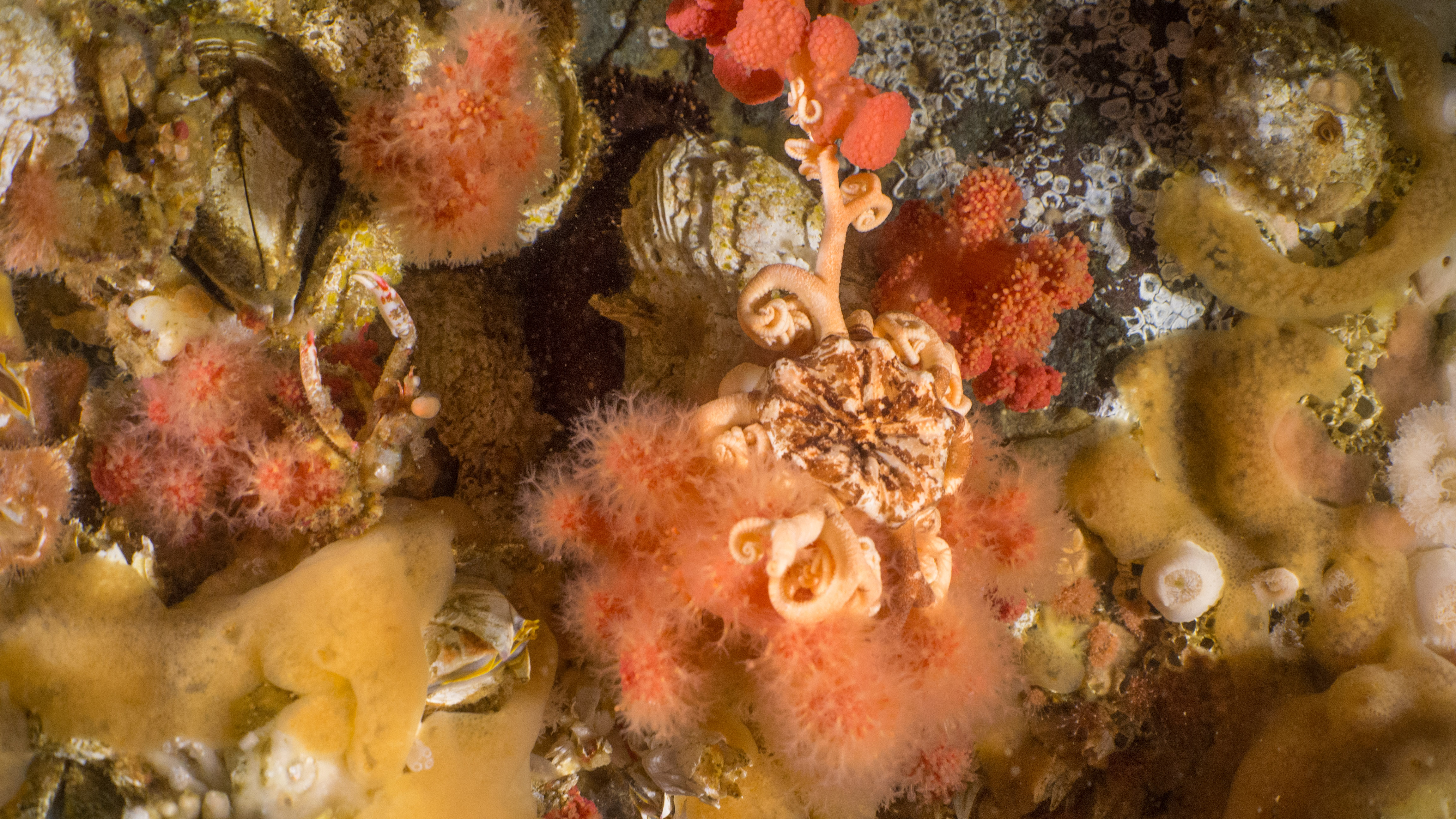Vancouver
The next stop on my journey to the Pacific Northwest was Vancouver, where I visited the Vancouver Aquarium and Nuytco Research. The Vancouver Aquarium is one of the oldest in North America, pursuing education, conservation and research to further marine science for sixty years. Jeremy Heywood gave me a behind-the-scenes tour to this spectacular place. He showed me their diving program to engage with visitors and animals, and to conduct research across Canada. I was amazed how much more there is to this institute than just aquarium tanks for visitors.
Nuytco, by contrast, is a manufacturer of one-atmosphere diving suits and submersibles and a world leader in underwater engineering. This visit gave me some great insights into the work behind advancing deep-water exploration beyond the photic zone. Phil Nuytten drew me into a conversation about future opportunites in the ocean, and his vision to colonize the seafloor.
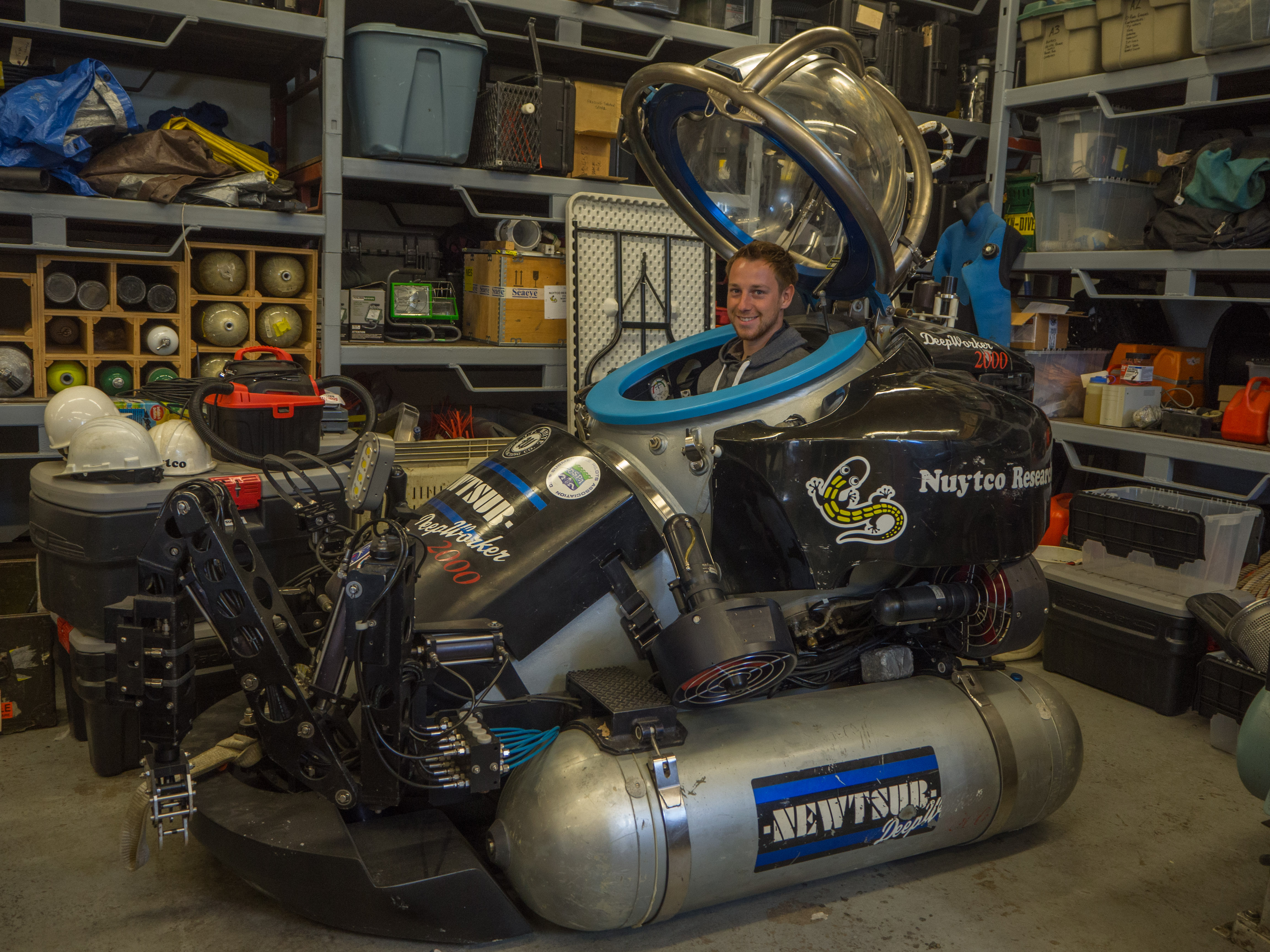
Browning Pass
With the ferry on to Nanaimo, I was then headed for the very north of Vancouver Island. I’ve heard rumours of fabled wall dives around Port Hardy, which lived up to all the stories. There, John de Boeck picked me up and took me to his Browning Pass Hideaway Resort. John is probably the most experienced dive operator around Vancouver Island and a long-term supporter of the scholarship society. His Hideaway Resort is an absolutely magical place, where I spotted more than a dozen bald eagles, several blue herons and kingfishers over the long weekend that I spent there.
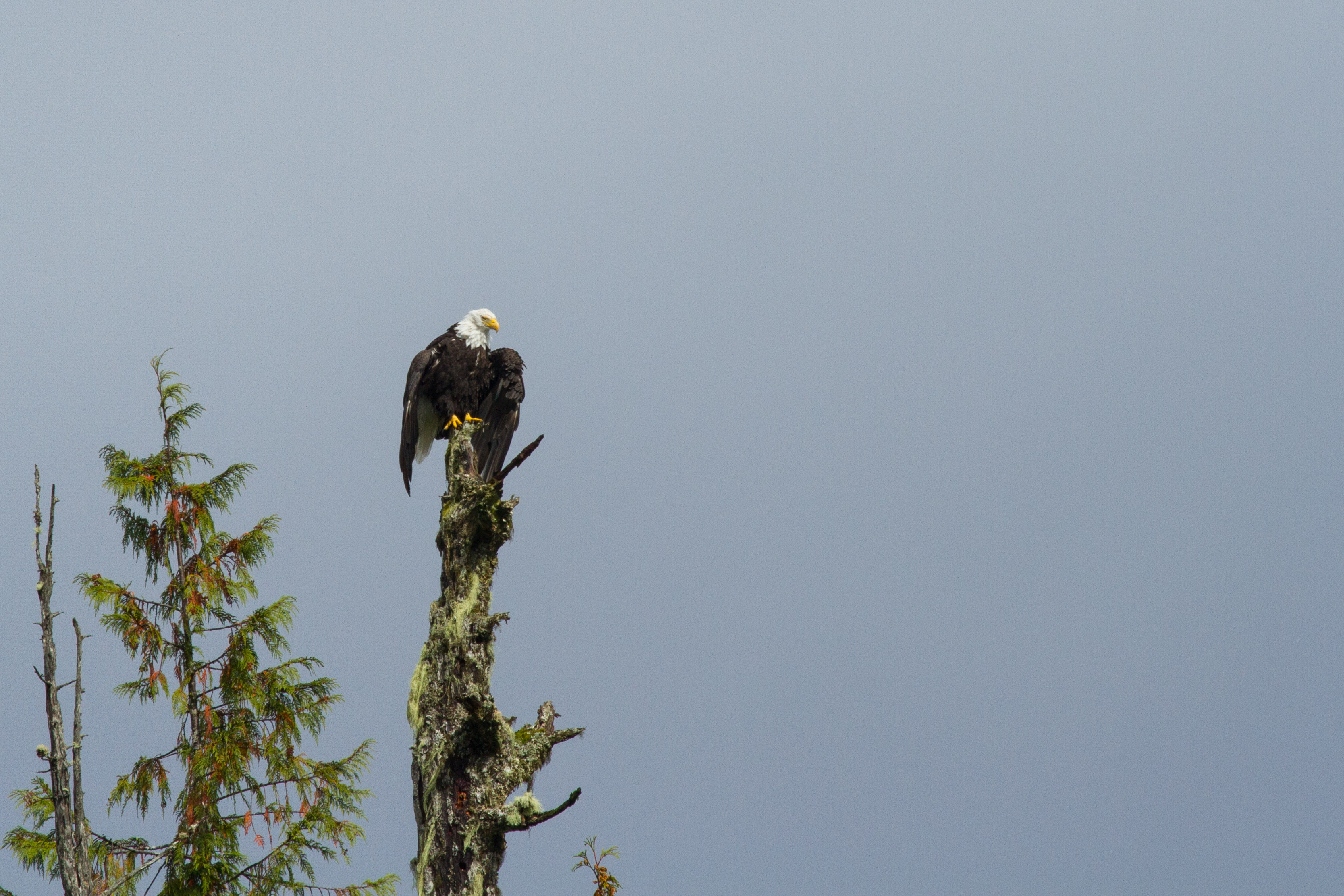
Underwater, the wildlife got only better. The walls were covered by a jungle of anemones, most notably Metridium farcimen, the giant plumose anemone. Its cousin, Metridium senile, is common in UK ‘home’ waters, but only grows to about a quarter of the giant anemone’s size. I only became aware of the gigantism in North-Pacific species when I first dived in the Atlantic. But the further north I dived on this trip to the Pacific Northwest, the bigger everything seemed to grow. However, it is not only the staggering size of kelp, octopus and anemones that distinguishes the diving at Browning Pass. It is hard to come by such colourful benthic life, species diversity and abundance, which rival any other diving destination.

Southern Vancouver Island
On my way back south, I had the chance to revisit the very place where I learned to scuba dive and discovered my passion for marine science: Pearson College. I got to assist in a pool-session for the youngest cohort of Pearson College students. I was also lucky to visit the Race Rocks ecological reserve, home to hundreds of sea lions and the northernmost breeding colony of elephant seals.
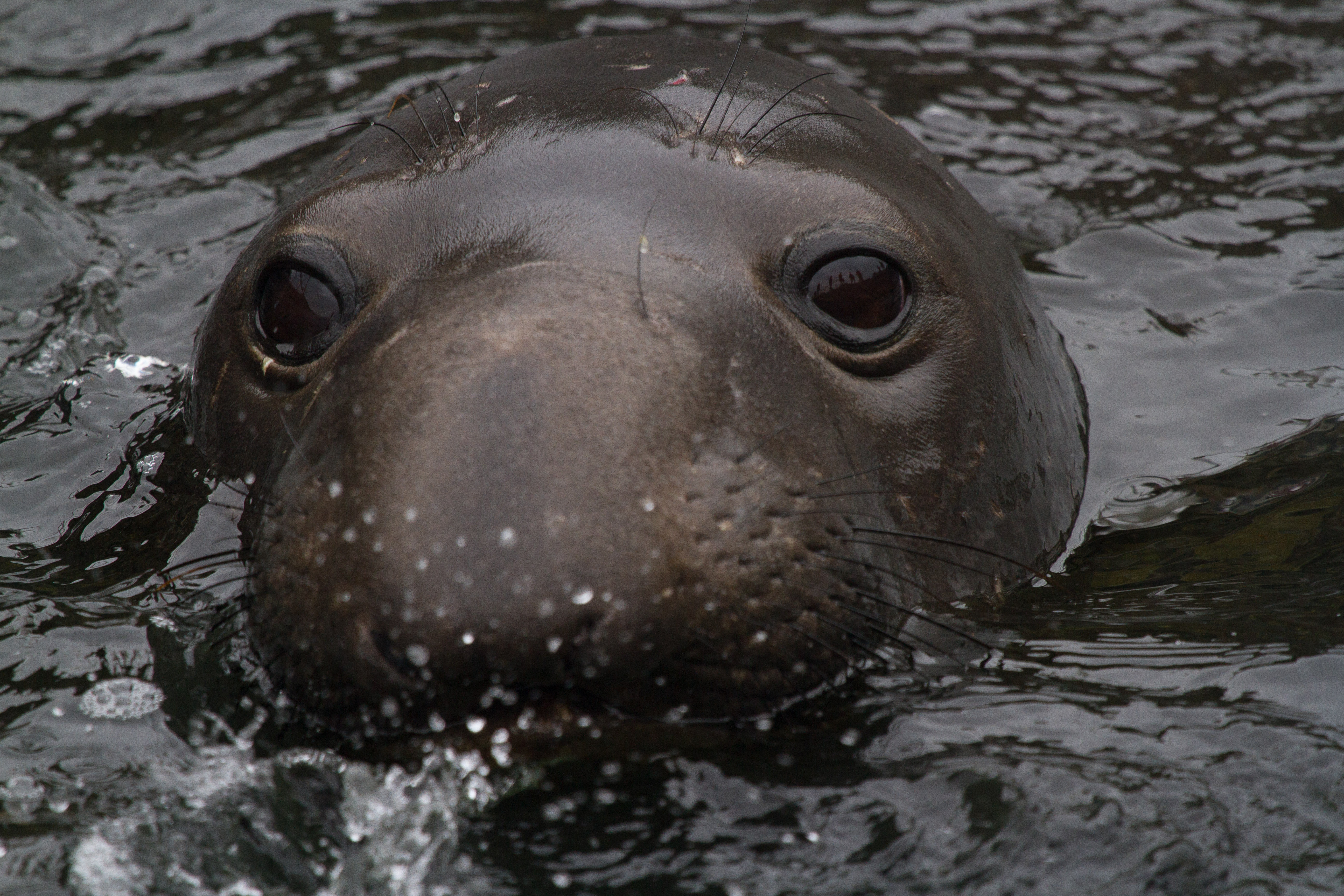
Above and below the water, the Pacific Northwest is a spectacular travel destination. Returning to this wonderful area, I realised how lucky I have been to take up scuba diving there. The prospect of another homecoming — to Scotland, for the HSE diving at work course, made leaving a little easier.
